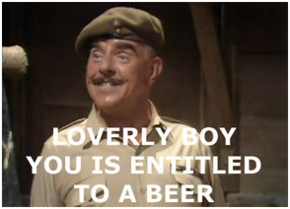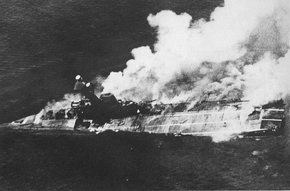So Invincible Class carriers weren't aircraft carriers then? What were they if they weren't?? Why a comeback.?You haven't answered my original question.Japan will have its first carriers since WW2, the UK will have its first fleet carriers since the 1970s and the Chinese are in the process of building a substantial carrier force so I think it is fair to say that the aircraft carrier is making a comeback.
I haven't really formed a position on whether an aircraft carriers should be on the table for Australia but I am pretty sure that there will be at least a discussion before the release of the next white paper. In fact there already seems to be some level of discussion in the defence media.
What capabilities were eliminated when Australia made the decision to double the size of its submarine fleet, buy an additional frigate, or replace its patrol boats with OPVs?
If the strategic circumstances continue to deteriorate extra money will be found.
All that I see is nations who used to operate carriers which they got on the cheap because they were surplus WW2 carriers no longer operate carriers because they can't afford too. You know, Canada, Australia, Netherlands, Argentina etc. Japan is a special case because it was forbidden carriers by the Peace Treaty that it signed after WW2. Russia has had a carrier since the days of the USSR and China is a new entrant in the carrier game and of those two, China has the resources to build and sustain a fleet of fleet carriers.
@hauritz You are continuing to push the fantasy line on this thread and the RAN thread despite repeated Mod directions not too. If you continue to do so you will be having a holiday from here. Consider this a final warning.



